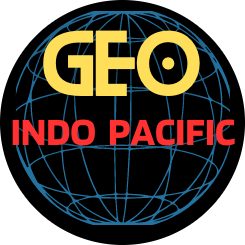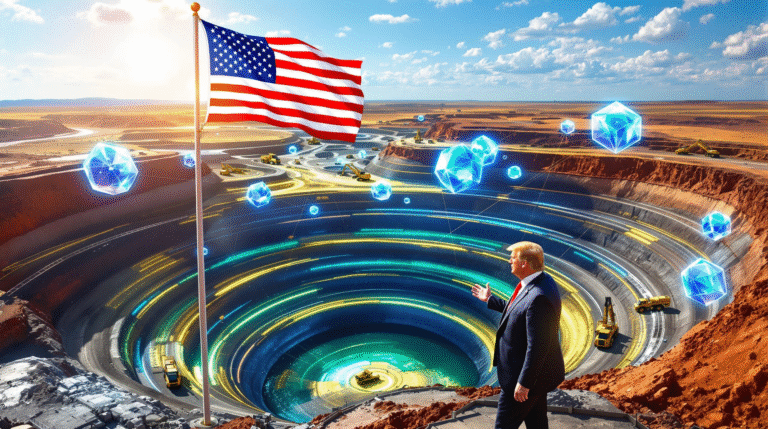
Prime Minister Sanae Takaichi’s firm and ideological leadership style marks a new phase in Japan’s foreign policy: outward-looking and prepared to defend a rules-based order that directly serves its interests. For Washington, that makes Tokyo not only a partner of convenience but a partner of conviction. As the Indo-Pacific faces rising tensions, economic fragmentation and technological decoupling, the United States could scarcely ask for a more stable and strategically aligned ally.
Takaichi’s embrace of the agenda of President Donald Trump gives Washington a more reliable partner in Tokyo. Japan is lifting its defence spending, committing to robust economic-security cooperation with the US and positioning itself as the linchpin in preserving the Indo-Pacific order amid rising Chinese assertiveness. Far from a symbolic handshake, a 28 October meeting between the two leaders underscored a shared recognition that the Indo-Pacific’s strategic and economic architecture is being rewritten, and that Tokyo intends to play a decisive role in shaping it.
The early commitment of Takaichi’s government to hit a NATO-style defence spending target of 2 percent of GDP, coupled with an ambitious economic-security agenda, represents a bold assertion of Japan’s capacity to lead, not just follow, in regional security affairs.
At the heart of this recalibration lies a pragmatic alignment of interests. Takaichi has embraced Trump’s focus on reshoring supply chains, strengthening defence burden-sharing and securing rare-earth minerals. This speaks to a convergence of strategic imperatives. Both leaders recognise that control over critical materials and technologies such as semiconductors, rare earths and energy inputs will further define national power in the decades ahead. In that sense, Japan’s rare-earths cooperation deal with the US is more than an economic arrangement; it is a geopolitical statement.
For decades, Japan has depended heavily on Chinese supply chains for key industrial inputs. The new agreement to develop joint rare-earths processing capacity and pivot to sourcing from Southeast Asia and Australia marks a conscious move to reduce that dependence. In a world where economic security and national security increasingly overlap, Tokyo’s steps are both timely and strategic. Equally significant is Japan’s rapid move to bolster its defence capabilities. Takaichi’s government has pledged to accelerate procurement of long-range strike weapons, strengthen cyber and space defence, and deepen interoperability with US forces. The shift reflects both public sentiment—Japanese opinion polls show record-high support for a stronger defence posture—and the grim realities of a region shadowed by Chinese assertiveness and North Korean provocations.
For Washington, this transformation offers both reassurance and opportunity. The US has long urged its allies to shoulder more of the collective defence burden, particularly in Asia. Japan’s willingness to do so under Takaichi’s leadership not only aligns with Trump’s enduring emphasis on burden-sharing but also enhances deterrence at a critical moment.
Yet this deepening partnership carries risks that Tokyo and Washington will have to navigate carefully. Chief among them is the delicate balance Japan must strike with China, which is its largest trading partner as well as principal strategic competitor. While Japan’s security ties with the US have never been stronger, its economic interdependence with China remains profound. Any perception of overtly anti-China alignment could invite economic retaliation from Beijing, which could have repercussions for Japanese industries already grappling with slow growth and demographic pressures.
Domestically, Takaichi also faces the challenge of sustaining public and fiscal support for expanded defence spending. Japan’s debt burden is already among the highest in the developed world, and inflationary pressures have eroded consumer confidence. While security threats justify the new spending, the political test will be whether voters accept a tighter budgetary squeeze in exchange for strategic autonomy.
A stronger US–Japan alliance could reshape the Indo-Pacific’s diplomatic landscape. It may encourage closer trilateral coordination with South Korea, particularly after efforts to mend ties over the past few years. At the same time, it could heighten anxieties among Southeast Asian nations wary of great-power polarisation. For trade and supply-chain frameworks such as the Indo-Pacific Economic Framework, the challenge will be to ensure that tighter US–Japan cooperation complements, rather than fragments, broader regional integration efforts.
Still, the strategic logic driving this alignment is difficult to ignore. Japan has shed much of its postwar restraint and is now embracing a role corresponding with its economic and technological weight. Last month’s Trump–Takaichi meeting, in that sense, was not just about renewing vows; it was about redefining the alliance for a more competitive era. Japan’s readiness to step up on defence, technology and supply-chain resilience signals that the era of US primacy supported by mostly passive partners is ending.





